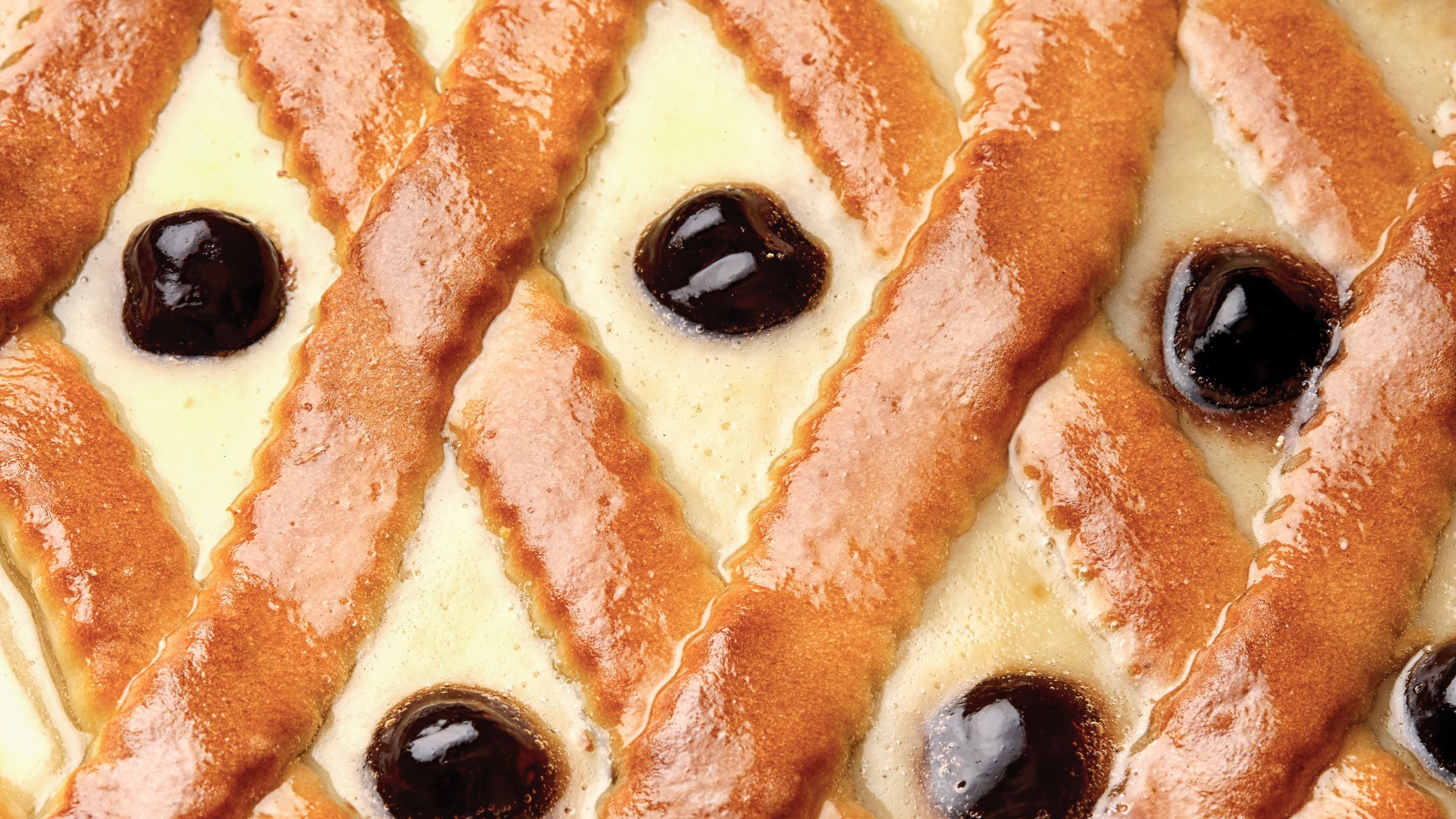What to do in Rome: Visit the Jewish Ghetto of Rome and Savor the Exquisite Judeo-Roman Cuisine
Rome is a city that fascinates with its millennia-old history, its architectural wonders, and its vibrant culture. But there is a particular corner of the city that often remains off the beaten tourist paths and deserves to be discovered: the Jewish Ghetto of Rome. Strolling through its streets and savoring its unique cuisine is an experience that will enrich your stay in the Eternal City.
A Walk Through History: The Jewish Ghetto of Rome
The Jewish Ghetto of Rome, established by Pope Paul IV, is one of the oldest in the world. Located in the Sant'Angelo district, between the Tiber and the Capitol, this neighborhood was originally a closed area, separated from the rest of the city by high walls and guarded day and night. In 1555, Pope Paul IV issued a papal bull that ordered the creation of the ghetto, forcing the Jews of Rome to reside in a specific area of the city. The ghetto walls had three gates that were closed at sunset and reopened at dawn, symbolizing the isolation and segregation of the Jewish community. The Jews were required to wear a yellow badge for identification and faced numerous restrictions on commercial and social activities.
Despite these difficulties, the ghetto became a vibrant center of Jewish life, with synagogues, schools, and businesses. The Jewish community managed to keep its religious and cultural traditions alive, creating a sense of identity and solidarity that still survives today. Only in 1870, with the unification of Italy and the fall of the Pope's temporal power, did the Jews gain full citizenship and the ghetto was officially abolished.
Today, the Ghetto is a lively and fascinating neighborhood, rich in history and testimonies of the past. One of the main attractions is the Synagogue of Rome, inaugurated in 1904. This splendid building, with its characteristic square dome, is a masterpiece of architecture and a symbol of the rebirth of the Jewish community after the abolition of the ghetto. Inside the Synagogue is the Jewish Museum of Rome, which houses a vast collection of art and religious objects that tell the long and rich history of the Roman Jews.
Strolling through the streets of the Ghetto, you can also admire the Portico of Octavia, an ancient Roman portico dating back to the 2nd century BC, and the Theater of Marcellus, an ancient Roman theater that continues to amaze visitors with its imposing structure. These historical places testify to the millennia-old coexistence between the Jewish community and the city of Rome. 
A Journey of Taste: Judeo-Roman Cuisine
One of the most fascinating aspects of the Jewish Ghetto is undoubtedly its cuisine. Judeo-Roman cuisine is the result of the meeting between Jewish and Roman culinary traditions, characterized by unique flavors and recipes passed down through generations.
Carciofi alla giudia: If there is a dish that best represents this tradition, it is Carciofi alla giudia. These whole fried artichokes, crispy on the outside and tender on the inside, are a true delight that you cannot miss. Each restaurant in the Ghetto has its own secret recipe, but the result is always the same: an explosion of flavor that will make you fall in love with this dish.
Aliciotti con l'indivia: Another typical dish of Judeo-Roman cuisine is Aliciotti con l'indivia. This dish combines fresh anchovies and endive, cooked together to create a unique and irresistible flavor. The marinated anchovies, then cooked, blend perfectly with the bitterness of the endive, creating a balance of flavors that will delight your palate.
Filetti di baccalà: The Filetti di baccalà is another unmissable specialty. These are salted cod fillets, breaded and fried until golden and crispy. This dish, loved by both Romans and Jews, is perfect for a quick but tasty lunch. Each bite will give you a mix of crunchiness and softness, accompanied by the intense flavor of the cod.
Concia di zucchine: Concia di zucchine is a lighter but equally tasty preparation. The zucchini is marinated with vinegar and then fried, finally served cold with garlic and mint. This fresh and aromatic dish is ideal for summer and represents a perfect balance between simplicity and taste.
Pizza Ebraica and Ricotta and Sour Cherry Cake: Do not forget to leave room for dessert! The Pizza Ebraica is a typical sweet rich in dried fruit, pine nuts, and raisins, prepared for festive occasions. Each bite is a journey through time, revealing ancient and authentic flavors. The Ricotta and Sour Cherry Cake is another unmissable dessert, made with ricotta and sour cherries. This creamy and slightly tangy cake is very popular during Jewish holidays and represents the perfect conclusion to a Judeo-Roman meal.
Experiencing It Fully
To fully experience the Jewish Ghetto and Judeo-Roman cuisine, we recommend taking the time to explore the neighborhood at your leisure. Every corner, every alley tells a story, and every dish is a piece of that story you can savor. Booking an apartment in the heart of Rome will allow you to immerse yourself completely in this unique atmosphere, explore the Ghetto and other wonderful neighborhoods of the city at your own pace, and comfortably return home after a day of discoveries and tastings.




